Indoor Palm Plants: Why Your Home Needs One Now
Indoor palm plants are one of the easiest ways to bring natural beauty, clean air, and a tropical vibe into your home, without needing a green thumb. With their elegant fronds and low-maintenance nature, indoor palm plants instantly elevate your space while thriving in typical household conditions.
Whether you’re decorating a cozy apartment or adding greenery to a sunlit office, there’s a palm variety that fits your needs. From the air-purifying Areca to the pet-safe Parlor Palm, these graceful plants offer more than just looks—they quietly improve your indoor environment. Let’s explore why indoor palm plants deserve a spot in every home.
Table of Contents
Table of Contents
The Timeless Appeal of Indoor Palm Plants

Indoor palm plants have been cherished for centuries due to their elegant appearance, tropical charm, and ability to thrive in indoor environments. Today, they’re regaining popularity as stylish, low-maintenance, and air-purifying companions that suit both modern and classic interiors alike.
Indoor palm plants are more than just decorative greenery—they’re living icons of indoor elegance. Whether you’re drawn to their flowing fronds or the way they instantly brighten up a dull corner, these plants have a timeless appeal that fits nearly every home aesthetic. From Victorian parlors to minimalist apartments, their presence has always added a sense of calm and luxury.
Thanks to their adaptability, pet-safe varieties, and beginner-friendly nature, indoor palm plants are enjoying a strong resurgence in popularity. But their history goes back much further.
A Brief History of Indoor Palms
Indoor palms have long been associated with prosperity and peace. Ancient civilizations, including the Egyptians, Greeks, and Romans, considered palms to be sacred or royal plants. In particular:
- Ancient Egypt used palm branches in religious rituals and to decorate temples.
- Greek and Roman cultures awarded palm leaves to champions and heroes.
- In the Victorian era, palms became the signature houseplant of wealth and refinement.
By the 19th century, the “Parlor Palm” (Chamaedorea elegans) was the centerpiece of many English drawing rooms. Its ability to survive low light and inconsistent watering made it perfect for indoor environments without central heating or strong sunlight.
This deep-rooted association with elegance and wellness laid the foundation for their continued popularity in today’s homes.
Why They’re Making a Modern Comeback
Fast forward to the present, and indoor palm plants are more relevant than ever. As people seek ways to create calming, biophilic interiors that reduce stress and purify the air, palms are rising stars in the indoor plant world.
Here’s why they’re gaining renewed attention:
- Tropical aesthetic: They bring a laid-back, vacation-like feel to even the smallest urban spaces.
- Low maintenance: Most palm species adapt easily to indirect light, moderate watering, and average humidity—ideal for busy households.
- Health benefits: Studies show palms improve air quality and humidity, which is great for skin and respiratory health.
Designers and plant lovers alike are embracing palms for their sculptural leaves, vertical growth habits, and ability to complement a variety of interior styles—from boho to Scandinavian.
💡 Top 3 Reasons Palms Are Trending Again
- Effortless Elegance
Their lush fronds create an instant style statement without overpowering the room. - Wellness Boost
Indoor palm plants naturally filter airborne toxins and add humidity—perfect for dry or air-conditioned spaces. - Pet-Friendly Varieties
With growing concerns about plant toxicity, palms like the Parlor Palm and Bamboo Palm are celebrated as safe options for homes with pets.
Indoor palm plants continue to enchant with their history, versatility, and soothing presence. Whether you’re after the best indoor palm varieties for low light or seeking easy indoor palm tree care tips, these resilient plants offer more than beauty—they bring nature’s calm indoors.
Top Benefits of Indoor Palm Plants

Indoor palm plants improve indoor air quality, bring tropical style to any room, and offer pet-safe greenery options. Their low-maintenance nature makes them ideal for beginner plant lovers and experienced decorators alike.
When it comes to adding greenery to your home, indoor palm plants are one of the most rewarding choices. Not only do they elevate the look and feel of a room, but they also contribute to cleaner air, a more relaxed atmosphere, and safer surroundings, especially for pet owners. Whether you’re interested in the best indoor palm varieties for aesthetics or searching for practical benefits like air purification and pet safety, palms tick all the boxes.
Natural Air Purifiers
Many indoor palm plants have been studied for their ability to remove toxins from the air. NASA’s Clean Air Study highlighted palms like the Areca Palm and Bamboo Palm as effective in filtering pollutants such as benzene, formaldehyde, and carbon monoxide.
Benefits for your health include:
- Enhanced air purity in enclosed spaces
- Reduced symptoms from dry indoor air (e.g., skin irritation, sore throat)
- Better sleep and concentration, especially in home offices or bedrooms
These palms work by absorbing airborne toxins through their fronds and roots and releasing clean oxygen in return. They also help increase humidity, great for skin and respiratory comfort, especially in dry or heated environments.
Visual Elegance and Tropical Vibes
Indoor palm plants offer a distinct sculptural beauty. Their long, arching fronds and graceful growth habits bring softness and movement to interior spaces. Whether you’re styling a modern loft or a cozy reading nook, palms can effortlessly fit in.
Visual perks include:
- Height and vertical greenery for empty corners
- Tropical aesthetics without needing bright, direct light
- Versatile styling with pots, baskets, or modern planters
You can pair a Kentia Palm with minimalist decor for a classy look or use a Parlor Palm in a boho-style setting. Even smaller varieties like the Ponytail Palm can serve as tabletop focal points.
Looking for low-light palm houseplants? The Parlor and Bamboo Palms thrive even in medium to low indirect light, making them ideal for hallways, bedrooms, and offices with filtered sunlight.
Safe and Non-Toxic Options (for Pet Owners)
Not all houseplants are safe for pets, but luckily, many popular indoor palms are non-toxic to cats and dogs. This makes them an excellent choice for households with curious animals.
Why pet owners love palms:
- No risk of poisoning from common contact or chewing
- No harmful sap or latex like in some houseplants
- Easy to keep out of reach due to their upright growth
The Parlor Palm, Areca Palm, and Bamboo Palm are all recognized as pet-safe indoor palms, according to the ASPCA.
✅ Palm Comparison Table: Air Purification & Pet Safety
Palm Variety | Air Purifying Ability | Pet Safe? | Light Needs | Max Height Indoors |
|---|---|---|---|---|
Areca Palm | ★★★★☆ | ✅ | Bright indirect | 6–7 feet |
Parlor Palm | ★★★☆☆ | ✅ | Low to medium | 4–6 feet |
Bamboo Palm | ★★★★☆ | ✅ | Medium indirect | 5–7 feet |
Ponytail Palm | ★★☆☆☆ | ❌ | Bright indirect | 3–5 feet |
Kentia Palm | ★★★★☆ | ❌ | Low to medium | 5–10 feet |
Majesty Palm | ★★★☆☆ | ❌ | Bright indirect | 6–10 feet |
💡 Use this table to choose the right palm based on your home conditions and whether you have pets.
Whether you’re after cleaner air, a stylish focal point, or a safe plant for your furry friends, indoor palm plants deliver on all fronts. Their functional beauty makes them a favorite in homes around the world—and there’s a palm for every personality and lifestyle.
7 Popular Indoor Palm Plants to Consider
The best indoor palm varieties strike a balance between visual appeal, ease of care, and adaptability to home environments. From pet-safe palms to tall statement pieces, these houseplants offer beauty and benefits for every space.
If you’re ready to bring a touch of the tropics into your home, choosing the right indoor palm plants is key. Each variety has its own unique shape, size, and care needs. Some thrive in low light, others love bright corners, and a few are even safe for pets. Whether you’re new to plant care or an experienced green thumb, there’s a palm to match your lifestyle.
Here’s a breakdown of 7 standout indoor palms that are not only beautiful but also practical and beginner-friendly.
Areca Palm (Dypsis lutescens)
Also known as the Areca Palm, this variety is one of the best indoor palm options for bright rooms. Its feathery, arching fronds and clumping growth make it perfect for adding fullness to corners or entryways.
- Light: Bright, indirect sunlight
- Water: Keep soil slightly moist; don’t let it sit in water
- Pet Safe: ✅
- Height: Up to 7 feet indoors
✔ Great for improving air humidity and filtering toxins
Parlor Palm (Chamaedorea elegans)
This slow-growing, low-light-tolerant palm is one of the most popular indoor choices, especially for apartments and small rooms.
- Light: Low to medium light
- Water: Allow the top inch of soil to dry out between watering
- Pet Safe: ✅
- Height: 4–6 feet
✔ Ideal for pet owners and beginners
✔ Known for surviving neglect and low light
Kentia Palm (Howea forsteriana)
The Kentia Palm brings sophistication to any room with its tall, arching leaves and graceful appearance. It tolerates a variety of indoor conditions and adds an elegant vertical accent.
- Light: Medium to bright indirect
- Water: Water when the topsoil dries out
- Pet Safe: ❌
- Height: Up to 10 feet indoors
✔ Popular for minimalist and modern interiors
Ponytail Palm (Beaucarnea recurvata)
Despite its name, the Ponytail Palm is technically a succulent—but it earns a spot among indoor palm plants due to its palm-like shape and easygoing care.
- Light: Bright, indirect light or filtered sun
- Water: Drought-tolerant; water every 2–3 weeks
- Pet Safe: ❌
- Height: 3–5 feet
✔ Great for desks, shelves, or modern décor
✔ Stores water in its bulb-like trunk—perfect for forgetful waterers
Lady Palm, Bamboo Palm, Fishtail Palm
These three varieties round out your options, offering diversity in look and care preferences:
- Lady Palm (Rhapis excelsa): Elegant, fan-shaped leaves; does well in medium light; pet safe
- Bamboo Palm (Chamaedorea seifrizii): Great air purifier; thrives in filtered light; pet safe
- Fishtail Palm (Caryota mitis): Unique jagged leaves; needs more light and humidity; not pet safe
🌴 Species Comparison Table
Palm Variety | Light Needs | Watering | Pet Safe? | Max Height | Care Level |
|---|---|---|---|---|---|
Areca Palm | Bright indirect | Moist, not soggy | ✅ | 6–7 ft | Moderate |
Parlor Palm | Low to medium | When topsoil dries | ✅ | 4–6 ft | Easy |
Kentia Palm | Medium to bright | Moderate | ❌ | 8–10 ft | Easy |
Ponytail Palm | Bright indirect | Infrequent (2–3 wks) | ❌ | 3–5 ft | Very Easy |
Lady Palm | Medium light | Evenly moist | ✅ | 4–6 ft | Moderate |
Bamboo Palm | Medium light | Keep lightly moist | ✅ | 5–7 ft | Easy |
Fishtail Palm | Bright light | Frequent watering | ❌ | 6–10 ft | Moderate |
✅ Beginner-Friendly Palms to Start With:
- Parlor Palm – forgiving, survives low light
- Areca Palm – attractive and pet-safe
- Bamboo Palm – air-purifying and easy care
- Ponytail Palm – super low-maintenance
Whether you’re looking for pet-safe indoor palms, tall statement pieces, or low-light palm houseplants, this list gives you a versatile range of options.
10 Types of Palm Plants to Grow Indoors | Low LIght Palm Plants | Palm variety For Indoors.
How to Care for Indoor Palm Plants
Indoor palm plants thrive with indirect light, moderate watering, and occasional feeding. By providing the right soil, avoiding overwatering, and adjusting care by season, your palm will grow healthy and lush year-round.
Understanding how to grow palms indoors is essential to keeping them healthy and attractive. While indoor palm plants are generally low-maintenance, they still require the right balance of light, moisture, and nutrients to flourish. The good news? Once you master a few core care practices, even the best indoor palm varieties will thrive for years.
Let’s break down the key areas of palm care, from lighting to seasonal upkeep.
Light and Placement
Light is one of the most important factors in successful indoor palm tree care. Most indoor palms naturally grow under the canopy of taller trees, so they prefer bright, indirect light rather than harsh direct sunlight.
General lighting tips:
- Place near east- or north-facing windows for filtered sunlight
- Avoid direct afternoon sun, which can scorch fronds
- Rotate pots monthly to encourage even growth
- Use sheer curtains if the light is too strong
✅ Best for low-light homes: Parlor Palm, Kentia Palm, Bamboo Palm
✅ Needs brighter conditions: Areca Palm, Fishtail Palm, Ponytail Palm
💡 Tip: If your palm starts leaning toward a light source or showing pale leaves, it may need more consistent lighting.
Watering Frequency and Signs of Overwatering
Watering is where many people go wrong. Indoor palm plants dislike soggy roots and do best when the top 1–2 inches of soil dry out before watering again.
How to water properly:
- Use a moisture meter or your finger to check dryness
- Water thoroughly, allowing excess to drain out
- Never let palms sit in standing water (empty trays)
🚩 Signs of overwatering:
- Yellowing lower leaves
- Mushy stems or root rot
- Musty soil smell
🚩 Signs of underwatering:
- Browning leaf tips
- Dry, crispy fronds
- Soil pulling away from the pot edges
Soil Mix and Repotting Tips
Healthy roots start with the right soil. Most indoor palm plants prefer well-draining potting mix that retains moisture without becoming compacted.
Ideal soil mix:
- 2 parts peat-based potting mix
- 1 part perlite or pumice for aeration
- Optional: 1 part orchid bark or coarse sand
Repotting tips:
- Repot every 2–3 years or when rootbound
- Use a container 1–2 inches wider than the current one
- Avoid deep pots that hold excess moisture
- Water lightly after repotting and keep in indirect light for recovery
💡 Many palms dislike frequent root disturbance—only repot when needed.
Fertilizing and Seasonal Maintenance
Palms are moderate feeders. They benefit from regular fertilizing during their growing season (spring and summer), but should be left alone during the cooler months.
Fertilizer tips:
- Use a balanced liquid fertilizer (e.g., 10-10-10) every 4–6 weeks
- Reduce or stop feeding in fall and winter
- Avoid overfertilizing, which can burn roots and cause leaf browning
✅ Seasonal Care Calendar for Indoor Palm Plants
Season | Light & Placement | Watering | Fertilizing | Extra Tips |
|---|---|---|---|---|
Spring | Use a humidifier or pebble tray | Increase slightly | Begin monthly feeding | Check for new growth |
Summer | Filter bright sun if needed | Water regularly | Feed every 4–6 weeks | Mist leaves to boost humidity |
Fall | Reduce direct light exposure | Water less often | Stop fertilizing by late fall | Clean leaves from dust buildup |
Winter | Keep away from cold drafts | Water sparingly | No fertilizer needed | Use humidifier or pebble tray |
💡 Optional Infographic (for visual layout): Do’s and Don’ts of Palm Care
Dos: Rotate monthly, water when the topsoil dries, use well-draining soil
Do n’ts: Overwater, place in direct sun, repot too frequently
By following these care principles, even low-light palm houseplants can stay green and thriving. With proper watering, feeding, and lighting, your indoor palm will reward you with year-round beauty and healthier air.
Common Problems and Easy Fixes
Indoor palm plants are generally low-maintenance, but they can suffer from browning tips, pests, and slow growth if conditions aren’t right. Fortunately, most issues are easy to fix with simple care adjustments.
Even the best indoor palm varieties can run into occasional health problems. Whether you’re dealing with discolored leaves, stubborn pests, or sluggish growth, these common issues are often caused by simple environmental imbalances. Fortunately, once identified, they’re easy to correct, and your indoor palm plants will bounce back with minimal effort.
Below, we’ll explore the most frequent palm plant problems and how to treat them effectively.
Brown Tips and Yellow Leaves
This is the #1 complaint among palm owners, especially with low-light palm houseplants like the Parlor Palm or Bamboo Palm.
Common causes of brown tips:
- Low humidity: Dry indoor air, especially in winter, leads to crispy edges
- Underwatering: Soil that stays dry for too long causes tip browning
- Overfertilizing: Salt buildup from too much fertilizer burns leaf tips
- Fluoride in tap water: Some palms are sensitive to minerals in untreated water
Yellowing leaves usually point to:
- Overwatering: Roots may be sitting in soggy soil
- Poor drainage: The Soil isn’t allowing excess water to escape
- Lack of light: Fronds fade when the plant isn’t getting enough indirect light
🛠 Fixes:
- Increase humidity with a humidifier or pebble tray
- Let water sit overnight to release chlorine and fluoride before using
- Trim damaged leaf tips with clean scissors—don’t cut into green tissue
- Repot if the soil is compacted or retaining too much moisture
💡 Pro Tip: Browning on older lower leaves is normal—palms naturally shed older growth.
Pest Troubles: Spider Mites, Scale, Mealybugs
Though fairly resilient, indoor palm plants can attract common houseplant pests, especially when the air is dry or plants are stressed.
Signs to look for:
Pest Type | Symptoms | What to Look For |
|---|---|---|
Spider mites | Webbing between fronds, speckled leaves | Tiny red or yellow dots |
Mealybugs | White cottony clumps on stems and leaves | Sticky residue (honeydew) |
Scale insects | Brown bumps on stems, yellowing fronds | Leaf drop, sticky film |
🛠 Fixes:
- Isolate the plant to prevent spreading
- Wipe leaves with a cloth dipped in soapy water or neem oil
- Spray with insecticidal soap weekly until pests are gone
- Increase humidity—spider mites hate moist air
💡 Tip: Regularly cleaning the fronds keeps pests away and improves air-purifying function.
✅ FAQ: Quick Solutions to Common Palm Problems
❓ Why are my palm leaves turning brown?
Brown leaf tips are usually caused by dry air, underwatering, or a buildup of salts from fertilizer. Increase humidity, use filtered water, and trim tips as needed.
❓ How do I get rid of bugs on my palm plant?
Clean fronds with neem oil or insecticidal soap and isolate the plant. Treat weekly until pests are gone. Keeping humidity high can prevent future infestations.
❓ What causes drooping or slow growth?
Lack of light, poor soil drainage, or cold drafts are the usual suspects. Move the plant to brighter light, check for root rot, and ensure it’s not near an air vent or window draft.
Caring for indoor palm plants means more than just watering and sunlight—it’s about responding to signs of stress and making simple adjustments. Once you get to know your palm’s behavior, troubleshooting becomes second nature.
Decorating with Indoor Palm Plants
Indoor palm plants enhance your home’s style with tropical flair, clean lines, and natural texture. They’re ideal for bright corners, modern pots, and even small spaces.
Decorating with indoor palm plants isn’t just about greenery—it’s about creating calm, visual flow, and elegance in your home. These plants add architectural beauty, soften sharp lines, and elevate empty corners or dull walls with minimal effort. Whether you prefer bold statements or subtle touches, palms can blend seamlessly with any decor.
Let’s explore where they fit best, how to style them, and which types work for different room sizes and lighting.
Ideal Rooms and Placement Ideas
Most palms enjoy bright, indirect light and look their best when given space to shine. Proper placement highlights their beauty and keeps them healthy.
Where to place indoor palm plants:
- Living Room: Place tall varieties (like Kentia or Areca) beside a sofa or near a window for a dramatic focal point.
- Bedroom: Opt for low-light palm houseplants like the Parlor Palm for a soft, restful vibe.
- Home Office: Use medium-sized palms like the Bamboo Palm to purify air and boost mood.
- Bathroom: If you have natural light, Lady Palms thrive in the humidity.
- Entryway: Impress guests with a sculptural Ponytail Palm in a sleek planter.
💡 Rotate palms every few weeks for even growth and exposure.
Matching Pot Styles to Plant Types
Pairing the right pot with the right palm helps your decor look cohesive and polished. Choose containers that complement both the plant’s size and your room’s aesthetic.
Pot Style Ideas:
Palm Type | Pot Style Suggestion | Decor Vibe |
|---|---|---|
Areca Palm | Rattan or woven basket | Boho, tropical |
Kentia Palm | Matte ceramic or tall minimalist pot | Modern, Scandinavian |
Parlor Palm | Decorative pedestal or classic urn | Vintage, Victorian |
Ponytail Palm | Geometric or textured planter | Eclectic, artsy |
Bamboo Palm | Neutral stone or clay pot | Earthy, natural |
Tip: Always choose pots with drainage holes and place trays underneath to protect floors.
💡 Which Palm Suits Which Room? (Photo grid or table suggestion)
Room | Best Palm Choice | Why It Works |
|---|---|---|
Living Room | Kentia or Areca Palm | Tall, dramatic, fills vertical space |
Bedroom | Parlor Palm | Calming, pet-safe, low-light tolerant |
Office | Bamboo Palm | Air purifying, compact, elegant |
Bathroom | Lady Palm | Humidity-loving, adds texture |
Entryway | Ponytail Palm | Eye-catching form, sculptural beauty |
✅ Best Palms for Different Spaces
🪴 Small Spaces:
- Parlor Palm
- Bamboo Palm
- Ponytail Palm (compact and sculptural)
🌞 Bright Corners:
- Areca Palm
- Fishtail Palm
🏡 Empty Corners or High Ceilings:
- Kentia Palm
- Majesty Palm
Whether you’re working with cozy rooms or open-concept spaces, there’s an indoor palm plant to suit your design goals. With the right pot and placement, palms become living decor that evolves with your space, adding serenity, style, and that ever-refreshing splash of green.
Choosing the Right Indoor Palm for Your Lifestyle
Not all indoor palm plants are created equal. Some thrive on neglect, others need more attention. Choosing the right palm means matching its care needs with your lifestyle, space, and budget.
Before picking from the best indoor palm varieties, it’s important to know which one truly fits your home and routine. Whether you’re a first-time plant parent or a seasoned collector, there’s a palm that will complement your daily habits, aesthetic, and available time.
Let’s explore how to choose the right indoor palm plants based on maintenance levels, costs, and living conditions.
Low-Maintenance vs High-Maintenance Palms
Some palms practically care for themselves—others require a little more finesse. Understanding your time, schedule, and environment will help you make the right match.
🪴 Low-Maintenance Palms (Set-and-forget heroes):
- Parlor Palm – Tolerates low light and inconsistent watering
- Ponytail Palm – Technically a succulent; needs infrequent watering
- Bamboo Palm – Adapts well to indoor humidity and indirect light
- Kentia Palm – Resilient and handles a bit of neglect
🌿 Higher-Maintenance Palms (For plant lovers with a routine):
- Areca Palm – Needs consistent moisture and bright indirect light
- Majesty Palm – Sensitive to humidity and watering inconsistencies
- Fishtail Palm – Prefers high humidity and regular misting
💡 Tip: If you’re often away from home, stick to low-maintenance types like the Ponytail or Parlor Palm.
Budget-Friendly vs Premium Varieties
Palms vary greatly in price depending on their size, rarity, and growth rate. Choose based on your budget and the role the plant will play in your decor.
💲 Budget-Friendly Options:
- Parlor Palm – Affordable, widely available, and compact
- Ponytail Palm – Long-lasting and requires minimal supplies
- Bamboo Palm – Moderate pricing and easy to propagate
💎 Premium or Investment Palms:
- Kentia Palm – Slow-growing and elegant, often pricier
- Areca Palm (mature size) – Can be expensive as a large specimen
- Lady Palm – Beautiful but slow to grow and harder to source
🌱 Smaller palms are more affordable. Buy young and grow them out to save money long-term.
✅ Find Your Perfect Palm: Quick Quiz Style
1. How much natural light does your space get?
- 🌤 Lots of bright light → Try Areca or Fishtail Palm
- ☁️ Low to medium light → Go for Parlor or Kentia Palm
2. Do you want a pet-safe option?
- ✅ Yes → Choose Parlor, Bamboo, or Lady Palm
- ⚠️ No pets → You can also consider Ponytail or Kentia Palm
3. How often do you water your plants?
- 💧 Weekly or more → Majesty or Areca Palm
- 🕑 Every 2–3 weeks or less → Ponytail Palm is your match
4. What’s your preferred plant size?
- 🪴 Small/tabletop → Parlor or Ponytail
- 🌴 Tall & dramatic → Kentia or Fishtail
5. What’s your decor style?
- 🧺 Boho/natural → Areca or Bamboo Palm
- 🖤 Modern/minimalist → Kentia Palm
- 🪞 Eclectic/artsy → Ponytail Palm
Ultimately, the best choice comes down to how much time and attention you’re willing to give. Whether you want a low-light palm houseplant to tuck into a cozy corner or a showstopper that makes a statement in your living room, there’s a palm that fits your lifestyle perfectly.
With so many indoor palm plants to choose from, you’re just one leafy friend away from transforming your space into a serene, tropical haven.
Conclusion
Indoor palm plants offer a beautiful, low-maintenance way to bring nature into your home. From their tropical elegance to their ability to purify air and thrive in low light, these versatile plants work in nearly any space or lifestyle. Whether you’re looking for pet-safe greenery, compact options for small rooms, or tall statement pieces, there’s a palm that fits your needs.
Choosing the right variety is all about matching your care style with the plant’s preferences—from light and watering to pot size and placement. With just a little attention, your palm can grow into a stunning, long-lasting part of your home.
Ready to turn your space into a leafy retreat?
🌿 Explore more care tips or browse our plant guides to find your perfect match.


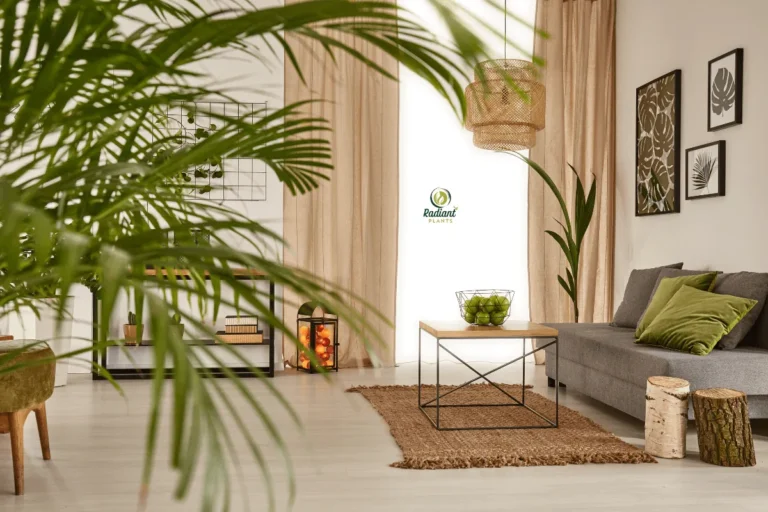
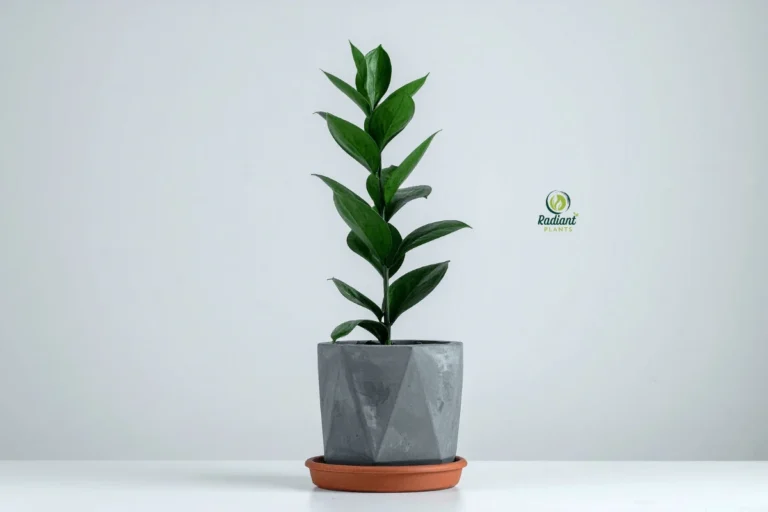
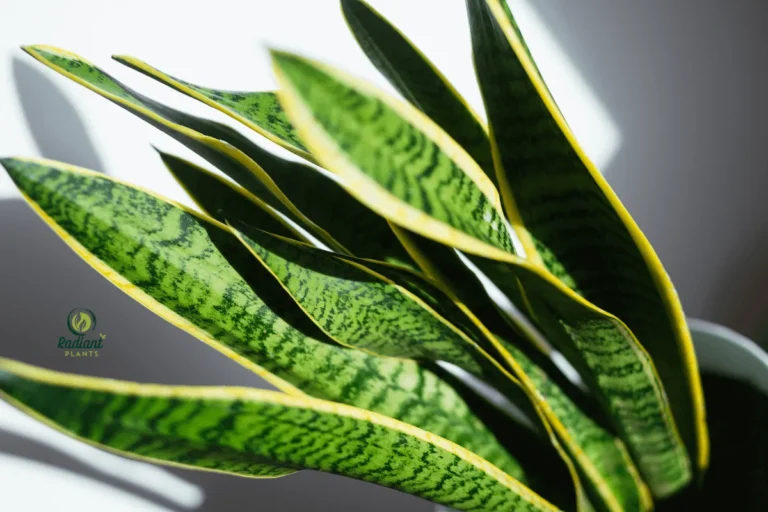
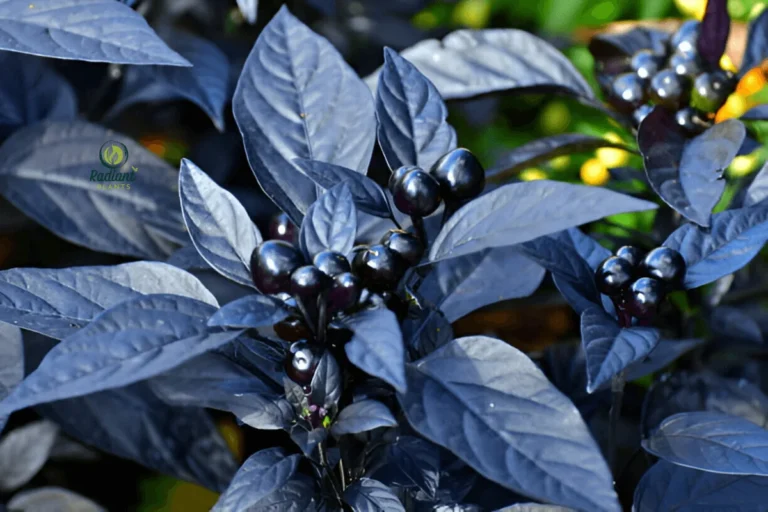
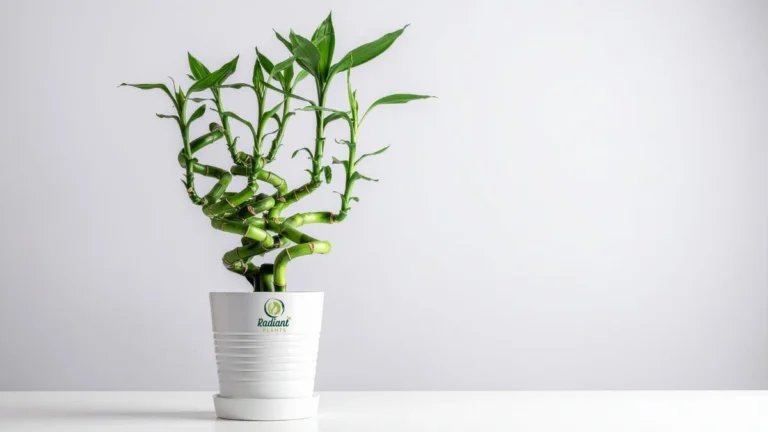
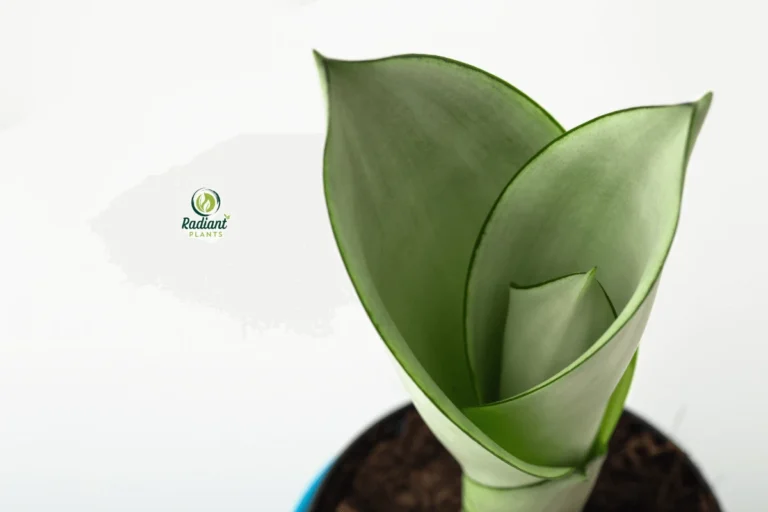
Get Aviator India game download on your smartphone
Explore the world of BitStarz, grab your crypto welcome pack: $500 + 180 FS, awarded Best Casino multiple times. BitStarz mirror helps bypass restrictions.
Your article helped me a lot, is there any more related content? Thanks!
I’m really glad to hear the article was helpful for you—thank you for sharing that! Yes, I do have more related content that dives deeper into similar topics. If you let me know which part interested you most, I can point you toward the posts that expand on those ideas. I’d love to help you explore further!